1001 Filmmakers You Need to Know
Satyajit Ray
(May 2, 1921 – April 23, 1992)
Role: Director, Screenwriter, Composer, and Author
Satyajit Ray was born in Kolkata, India, into an artistic family with a rich cultural heritage.
Growing up in a literary environment, he was deeply influenced by his father and grandfather, who were renowned Bengali writers.
Ray studied economics but later shifted to art, pursuing his passion for visual storytelling at Tagore’s Visva-Bharati University in Santiniketan.
After his studies, he worked in advertising and publishing, where he developed his graphic design skills.
This artistic background would later shape his filmmaking approach, marked by simplicity and elegance.
Ray’s Influences:
Ray’s influences include Italian Neorealism, especially the works of Vittorio De Sica, as well as Japanese cinema, particularly Kurosawa’s humanistic storytelling.
Additionally, Ray was inspired by Jean Renoir, whom he met while Renoir was filming in India, gaining practical insights into film production.
His exposure to world cinema provided him with a global perspective, blending realism with a focus on universal themes.
This background made Ray’s work distinctly humanistic, portraying the everyday struggles of his characters.
His commitment to authenticity is evident in his detailed, lifelike depictions of rural Bengal.
Ray’s First Feature:
Ray’s debut film, Pather Panchali (1955), is the first in The Apu Trilogy, portraying the life of a young boy and his impoverished family in rural Bengal.
Despite a limited budget and challenging conditions, Ray managed to complete the film with great resourcefulness.
It was internationally acclaimed, winning an award at the Cannes Film Festival, establishing Ray’s reputation as a powerful new voice in cinema.
Pather Panchali showcased Ray’s ability to convey deep human emotions through simple, naturalistic scenes.
This first film is still celebrated as one of the most influential works in Indian and global cinema.
Ray’s Breakthrough:
Ray’s breakout into the mainstream came with the completion of The Apu Trilogy, consisting of Pather Panchali (1955), Aparajito (1956), and Apur Sansar (1959).
This trilogy chronicled the life journey of Apu, from a rural boyhood to his experiences in the city, resonating with audiences worldwide.
The trilogy’s nuanced portrayal of family, loss, and resilience won multiple awards, bringing Indian cinema to an international audience.
Ray’s work earned him respect as a master storyteller who could evoke universal emotions across cultural boundaries.
The trilogy remains a milestone, both in Indian cinema and in the world of film.
Satyajit Ray’s films are unique for their deep empathy, exploring themes of family, identity, and the human condition with sensitivity and grace.
His narratives are often simple yet profoundly moving, highlighting the resilience of ordinary people amidst adversity.
Ray’s visual style emphasizes realism and simplicity, using minimalism to heighten emotional impact and portray life’s quiet beauty.
His films delve into human relationships, societal structures, and moral dilemmas, marked by a compassionate tone.
Ray’s work stands out for its emphasis on character development, timeless storytelling, and a commitment to humanistic values.
Before his passing in 1992, Ray continued to create films that resonated with audiences, such as Ghare-Baire and Agantuk, alongside writing books and composing music.
He was awarded an honorary Academy Award in 1992, celebrating his lifelong contributions to cinema.
Ray’s work remains influential, inspiring filmmakers around the world with its quiet strength and profound humanity.
Today, his legacy endures in film schools and cinema circles, with his work continuing to captivate and inspire.
His films are celebrated as cultural treasures that transcend language and geography.
Notable Films:
Pather Panchali (1955)
Aparajito (1956)
Apur Sansar (1959)
Charulata (1964)
The Music Room (1958)
P.S. Catch up on the rest from TheModernFilmmaker.co:
👉 Buy: The Modern Filmmaker’s On Set Filmmaking Dictionary, today.
👉 Some Filmmakers to Know: G. Prince-Bythewood & Jia Zhangke…
👉 Some Filmmaking Terms: Above-the-Line & Back to First Marks…
👉 Some Stories: So there I was… Selling My Soul for an Investor…
👉 Some Thoughts: Cover Your Ass & Your Films with this…
👉 Some Resources: For Filmmakers…
The Filmmaking Dictionary You Didn’t Know You Needed
Now that we’re talking about visionaries, let me tell you about something every auteur should have on set—my Modern Filmmaker’s On-Set Filmmaking Dictionary. It's packed with over 1,400 industry terms that will not only help you sound like a pro but also ensure that every phase of production from development to distribution runs smoother than ever to help you on the terms you need to know.
👉 Get your copy here on Amazon Prime. Seriously, it’s a must-have.


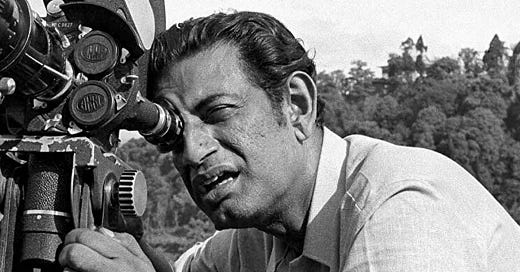
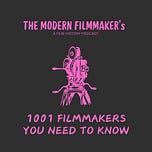
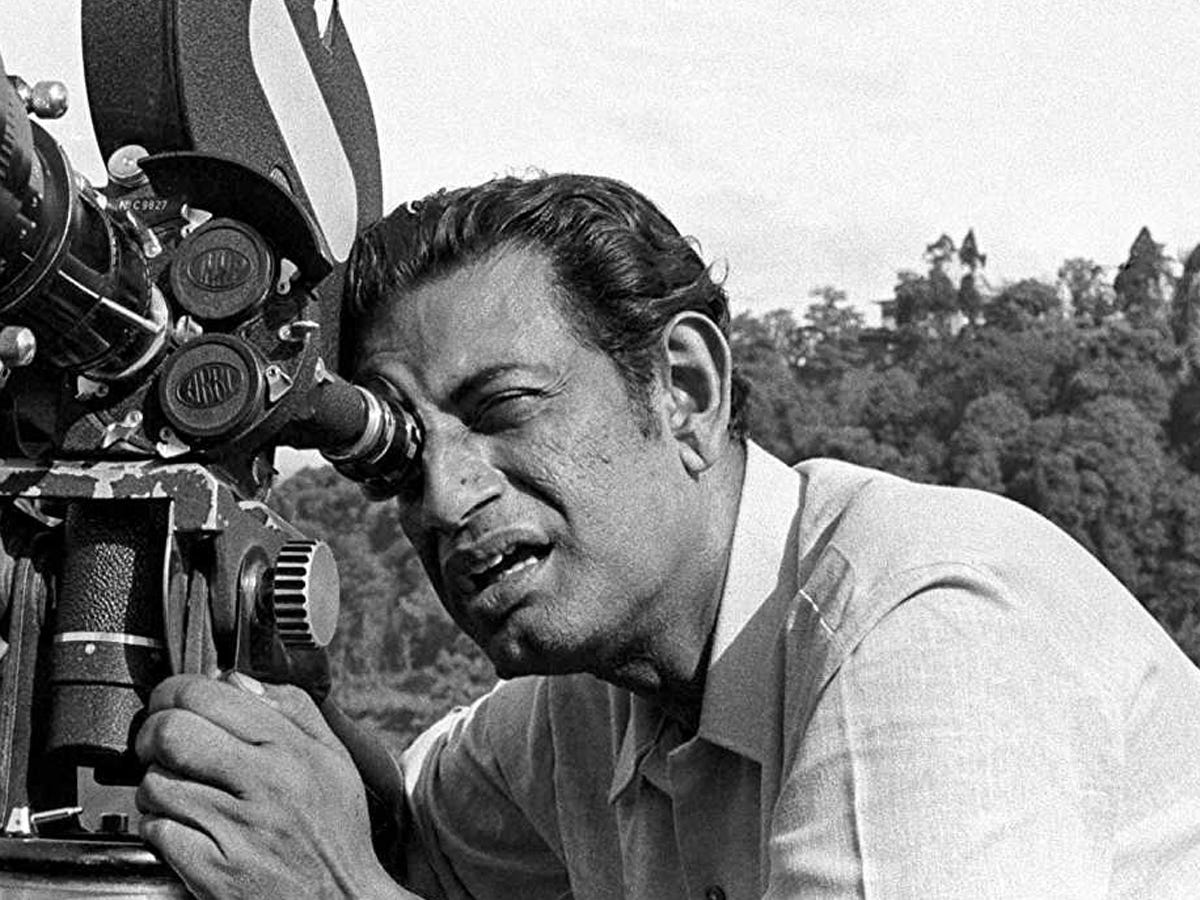
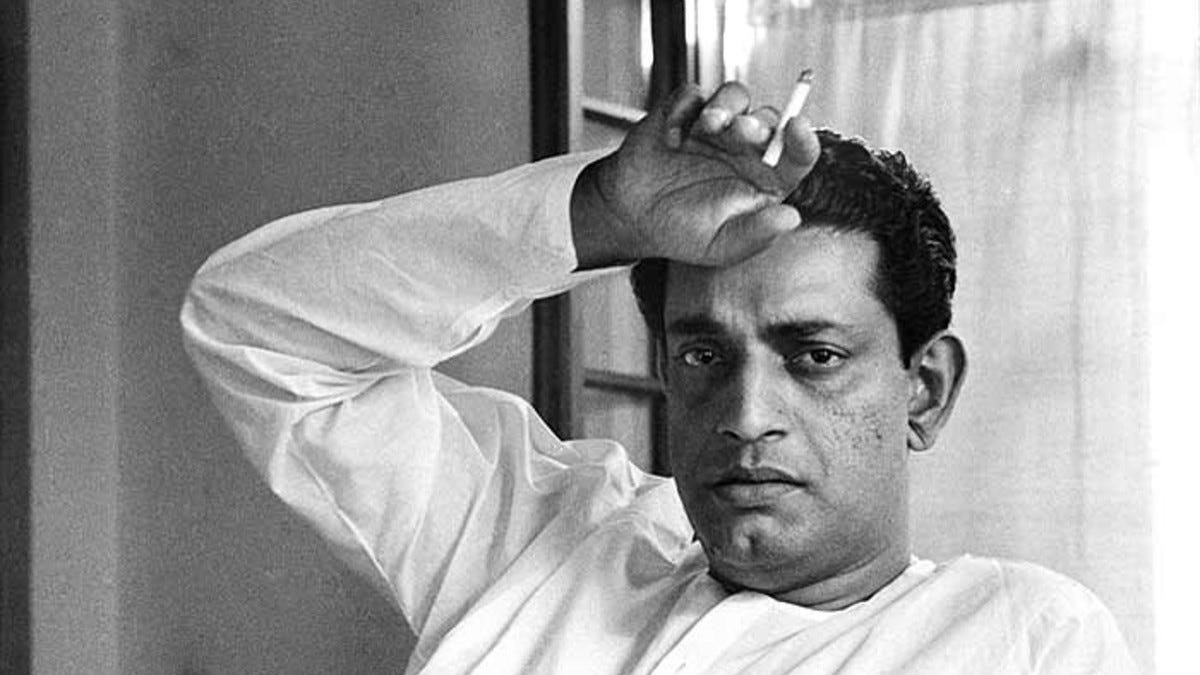
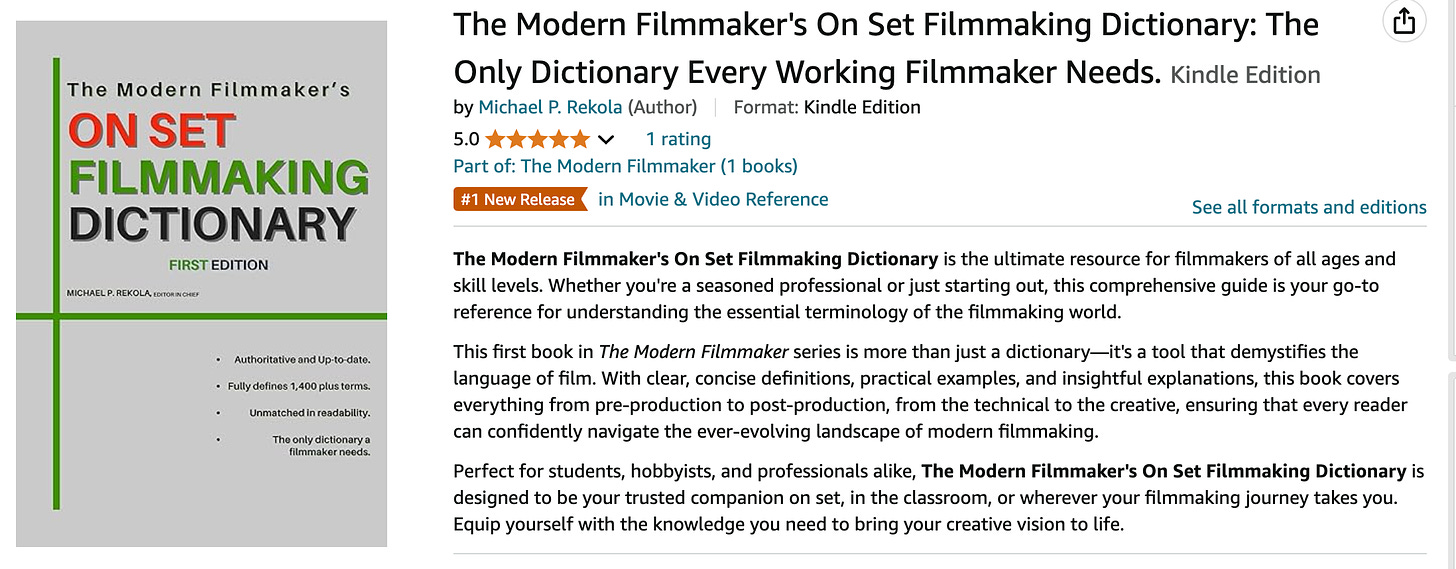



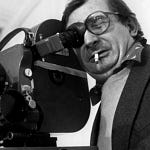
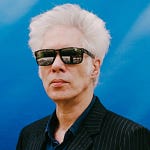
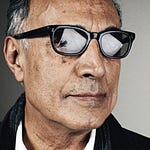


Share this post